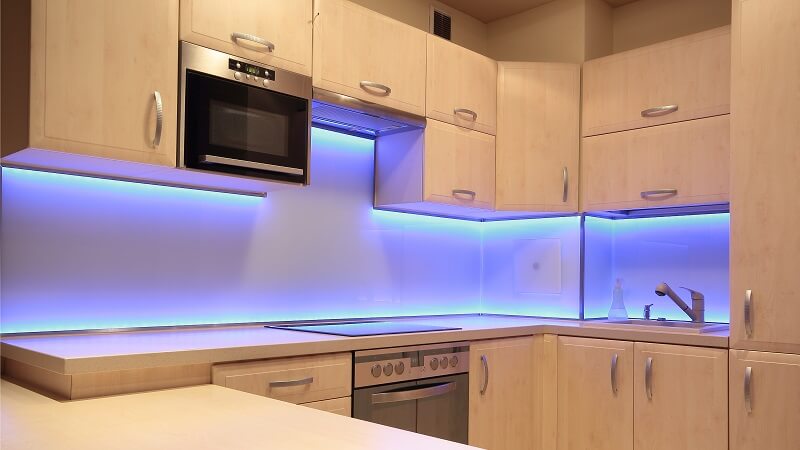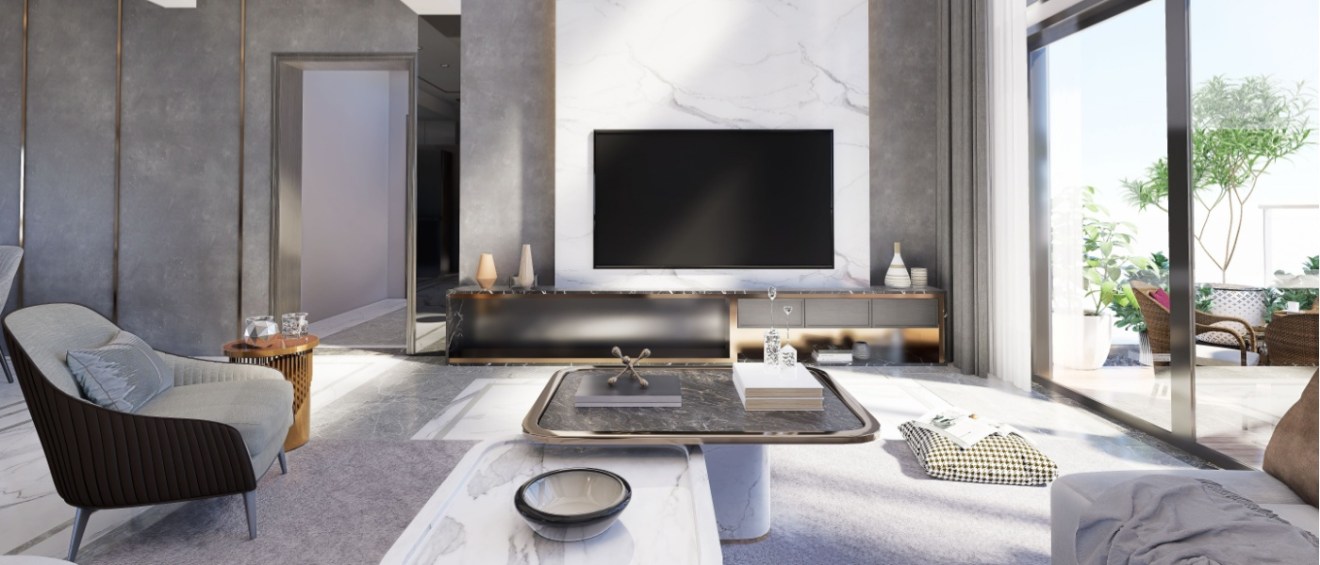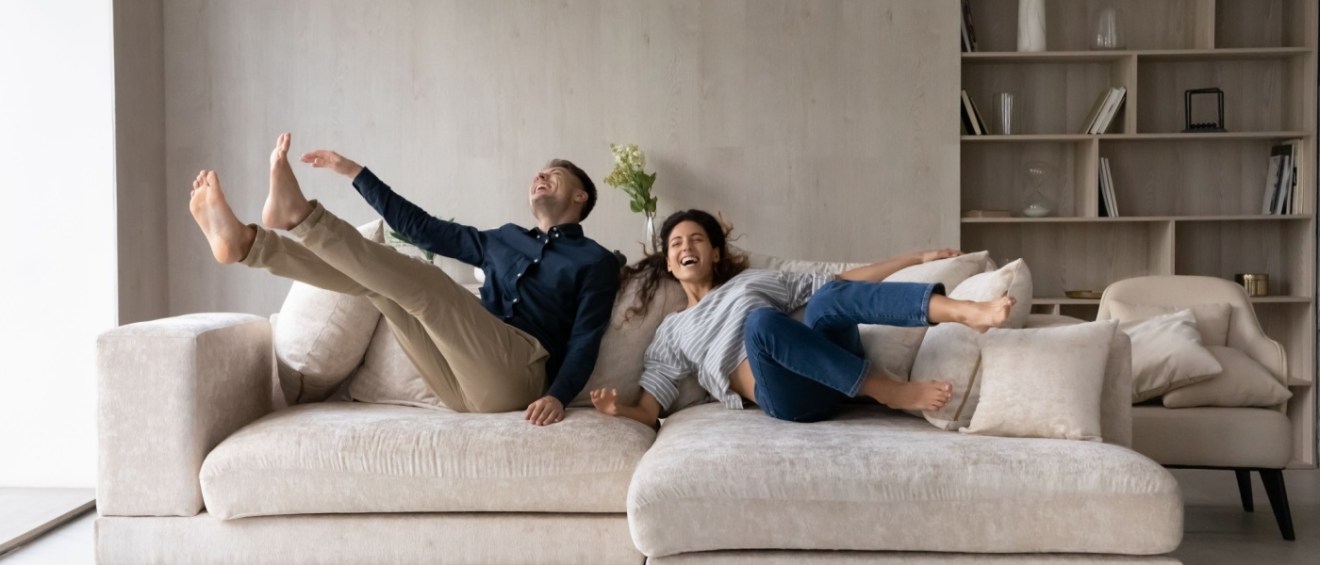Share this article:
Whether you are decorating a new house or sprucing up an apartment, lighting is an important factor to consider. A visit to the local home improvement store can overwhelm anyone with unlimited choices of lighting products and just about every bulb type imaginable: colorful, incandescent, fluorescent, CFL, or LED. If you are shopping based on price alone, you will probably purchase incandescent bulbs over LEDs. But is that the best choice?
The Four Most Common Bulbs
The four most common types of household light bulbs are incandescent, fluorescent, CFL (Compact Fluorescent Lamps), and LED (Light-Emitting Diode).
- Incandescent – The standard incandescent bulb emits light as a result of being heated. Even though these bulbs have recently been upgraded for energy efficiency, they are still known as an energy hog.
- Fluorescent – The basic fluorescence bulb emits light through electromagnetic radiation.
- CFL – The CFLs were designed as the energy-saving counterpart to replace a traditional incandescent bulb and many types screw into light fixtures.
- LED Lighting – They are the most energy-efficient lighting option available in today’s market. Since they first came on the scene, the prices have dropped significantly, making them a viable option for home lighting.
How LEDs Outshine Other Bulbs
When it comes to the best bang for your buck with lighting, the LED outshines them all. Here are some of the reasons:
- LEDs Generate Less Heat
Have you ever had an incandescent light bulb pop when you flipped the light switch on? If so, when you tried to replace it immediately, the lightbulb was probably too hot to handle. That’s because incandescent light bulbs use heat to produce light. As the lightbulb shines, it consumes a lot of energy in order to generate that heat, which eventually results in higher electric bills.
- LEDs Last Longer
Since a regular light bulb works when an electrical current flows through the filament in an oxygen-free environment, heating the filament until it glows, eventually the filament becomes thin and breaks causing the light bulb to burn out. However, an LED light has no filament to burn out, so they last much longer. In fact, an LED light has an average lifespan of 60,000 hours versus its incandescent counterpart with a 15,000-hour one.
According to Energy Star, the average amount of light bulbs in a home is 40. Even though LEDs are a little more expensive, their lifespan is ten times longer. So, in terms of total investment over a lifetime, LEDs return the best value.

- LEDs Are Eco-Friendly
Incandescent light bulbs are manufactured with mercury and other chemicals that wreak havoc on the environment. Because no mercury or other harmful chemicals are used in the production process of LED lights, they are a much more eco-friendly choice. Not only is the chemical waste a problem for the environment, but combine that with the high number of light bulbs that need to be produced because the standard bulbs burn out quickly. Then, the old bulbs are thrown into the trash, which ends up in landfills.
Various Décor Options
The décor options which include LED lighting are endless, from the kitchen to the kid’s bedrooms and every room in between. Here are just a few tips to start you on the creative journey.
- Light up your stairway with LED lights.
- Make your kitchen glow when you add lighting under the cabinets and around baseboards. To add a touch of flair, you can add recessed, track or pendant lighting as well.
- String lights in your teen’s bedroom.
- Liven up the living room by adding string LED lights around wall hangings, bookshelves, or around the fireplace.
One Caution
With all the glowing remarks about LED lighting, there is one drawback. According to electrical engineers, LED bulbs should not be used in enclosed fixtures unless the bulb is rated for enclosed applications.
Since traditional lightbulbs love heat, they work well within enclosed fixtures. However, heat is an enemy to LEDs and will cause them to quickly burn out. LEDs are designed to draw heat away from the bulb but if placed in an enclosed fixture, the released heat will have no way to escape and will surround the bulb causing it to overheat and fail.
With the rapid advancement of this technology and constant new innovations, the LED light bulb is making home lighting more affordable, practical, and energy-efficient than ever.
Share this article:
Mihaela Buzec is a senior writer, researcher, and online content developer for RentCafe, where she has over 7 years of experience writing about the real estate industry. She authors important resources such as the statistics pages describing generational patterns and renter's guides that help renters in their journey. Her work has appeared in publications such as Apartment Therapy, Indy Star, and Investopedia.
Mihaela is a published researcher and activates within academia as well. She holds a BA in English and German Language and Literature, an MA in Current Linguistics, and a PhD in neurolinguistics.
The Ready Renter has your back
Tips, news, and research curated for renters, straight to your inbox.




Related posts
Subscribe to
The Ready Renter newsletter









